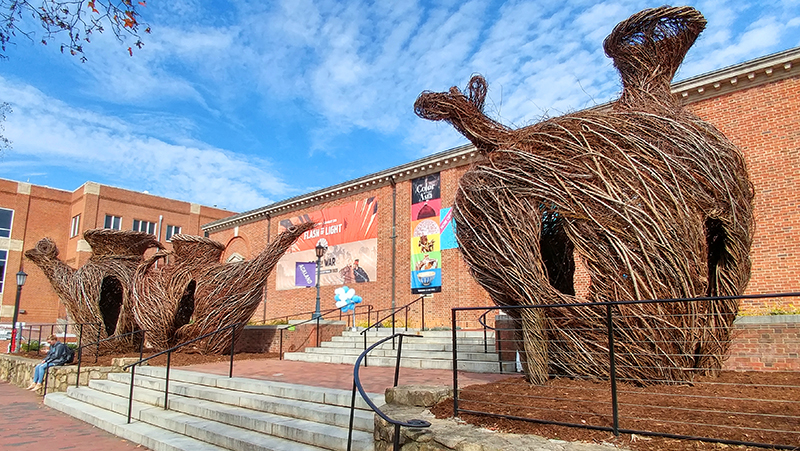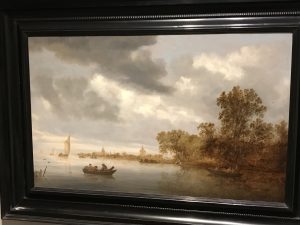In 1818 Mary Shelly wrote the story of Victor Frankenstein as he created his monster out of dead body parts. More recently, Ahmed Saadawi created an adaptation of the story based in a war-torn Iraq as a junk dealer pieces together dead body parts to create a monster inhabited by a dead soul. Ahmed Saadawi takes a very similar style to Mary Shelly with a more noticeable patchwork style and also telling the story of the story’s monster from multiple perspectives rather than just one. Frankenstein in Baghdad was an appropriation of Frankenstein with changes made to the story and style only keeping the heart of the story of Frankenstein’s monster. The major shifts in the story make the connection obvious only in the title and the pieced together monster changing major plot points, themes, and other pieces of the story. Significant variations between the two author’s style and their monster’s motivation push the stories and make the separation.
Both Mary Shelly and Ahmed Saadawi tell the story of their monster using a patchwork style of writing piecing together different pieces of the stories such as letters, different perspectives, and time jumps. This style of writing is very unique and differs significantly between the two authors with Mary Shelly’s writing appearing to be more coherent while Ahmed Saadawi’s writing is much more broken and disjointed. In Frankenstein in Baghdad the broken style allows the story to be told from many different peoples’ perspectives giving multiple takes on the different events. In the original Frankenstein the patchwork style is much more fitting for the time period’s style of writing and consists of only two different perspectives and multiple letters. It is a much less noticeable style because of how the pieces are broken in which a part can be read without the reader realizing they are still reading that part until it shifts. Ahmed Saadawi uses a variation of this style to tell a story surrounding one main character, the monster, without using one main perspective to drive the story. The patchwork style of both authors fits together the different pieces of the stories like a puzzle which can be linked as a reference to how the monster was put together and also the chaos represented in both novels by the people and settings. Frankenstein in Baghdad is set in Iraq, a war torn and chaotic country, while Frankenstein has the characters constantly moving and the events moving very rapidly giving the reader chaos only to be heightened by the patchwork style.
Throughout both stories the monster has very clear intentions of what it is doing such as Mary Shelly’s monster wants a partner or mate because it is lonely or Ahmed Saadawi’s monster wants to get revenge for every part of its body. While both are very obvious they are strikingly different when compared with one another. Mary Shelly’s monster’s intentions made it to be more childlike and relatable to the reader as it seemed to connect with the human feeling of loneliness drawing compassion rather than hatred. For example, the monster says, “I am malicious because I am miserable; am I not shunned and hated by all mankind? You, my creator, would tear me to pieces… I demand a creature of another sex, but as hideous as myself…” (Shelly 102). Ahmed Saadawi’s monster becomes more of an anti-hero character killing other people in order to get revenge on those who wrong them when the body parts were alive. The monster’s entire goal is to kill and avenge the different pieces of his body, mainly his main soul, which makes it the focus of the story for the majority of the characters. Both monsters’ motivations help to drive the story but are very different because of the setting in which the book is written. The motivation for Victor Frankenstein’s monster is used to create dilemmas for Victor and plot points which match pieces of Mary Shelly’s life such as the death of her children goes with the death of the death of Victor’s nephew. The motivation for “Whatsitsname” fits more to the idea of justice in a war-torn Iraq where the ethics of revenge and violence is commonly explored to further several different characters helping create common themes throughout several of the characters for example Mahmoud.
Both authors created novels that were very similar in some respects but wildly different in others giving the reader a story of science, humanity, ethical problems, adventure, and violence. Frankenstein is nearly 200 years old but Frankenstein in Baghdad still draws some of its key aspects as it attempts to adapt the story.




